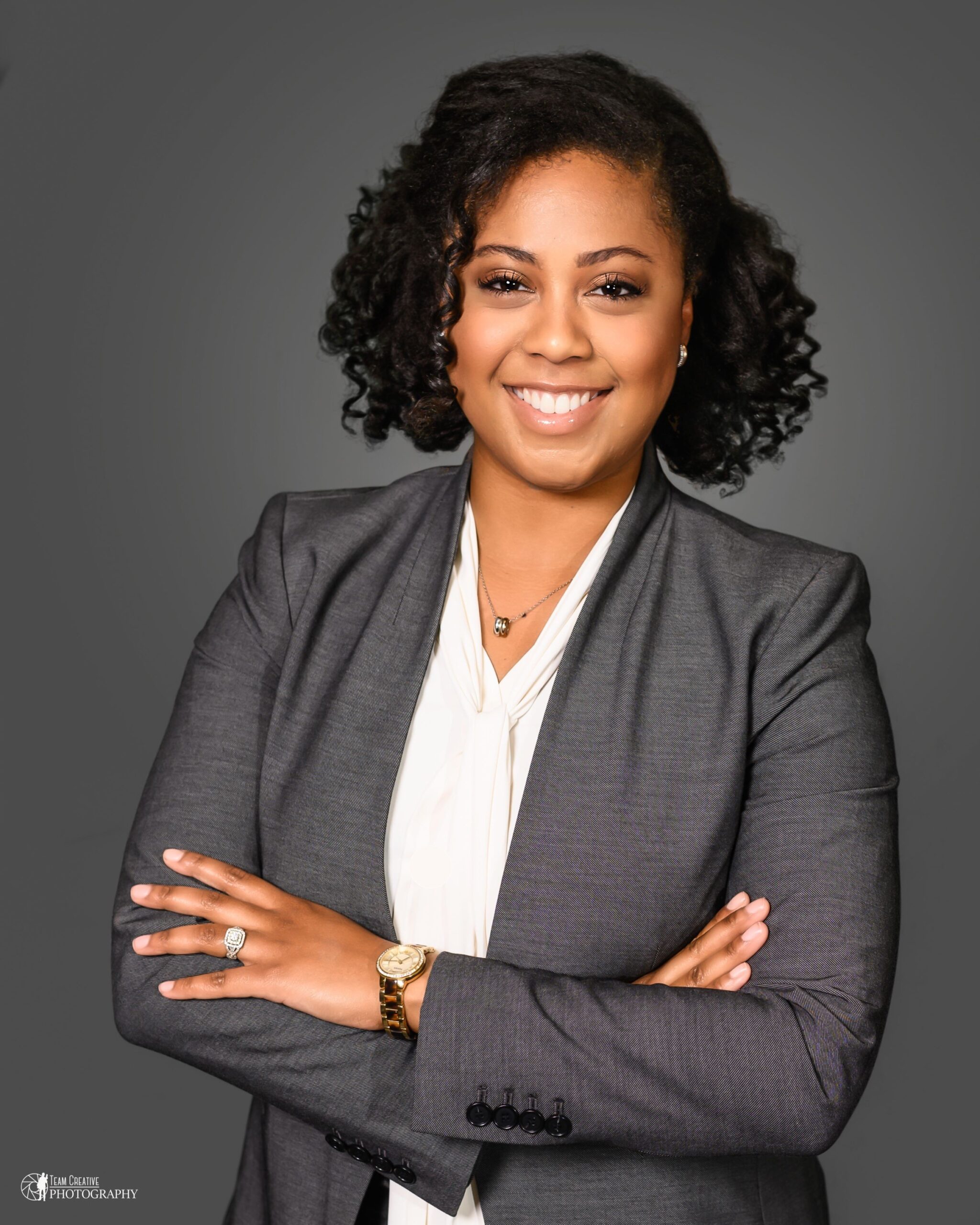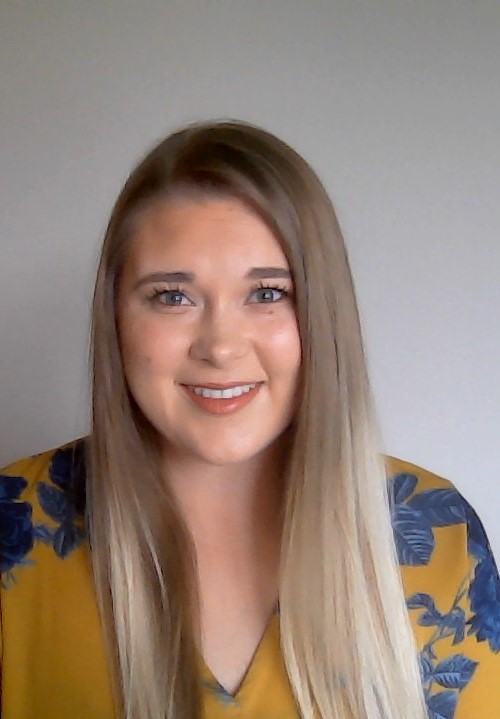In 1917, the Johns Hopkins Hospital School of Anesthesiology became the institution’s first official anesthesia training program for nurses. The school was founded and led by Margaret Boise.
In 1921, one of the earliest students was Olive Berger, a nurse from New Jersey, who would eventually go on to become a pioneer and leader in nurse anesthesia education.
THEN:
Graduating Class of 1922
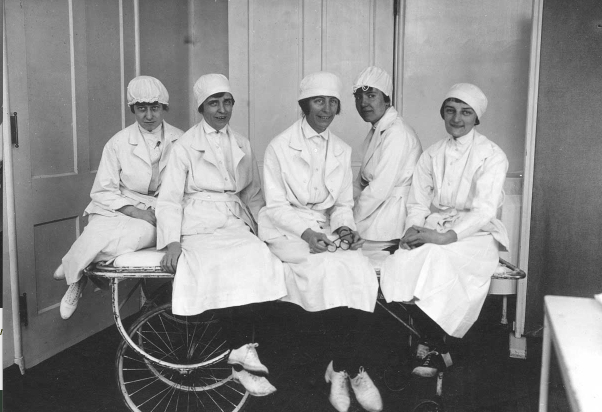
Center: Margaret Boise; Far right: Olive Berger
After graduating, Berger worked at Johns Hopkins for two years and then left Baltimore to work at Children’s Hospital in Chattanooga, TN. She returned again in 1931 to become chief nurse anesthetist and director of the Johns Hopkins Hospital School of Anesthesiology.

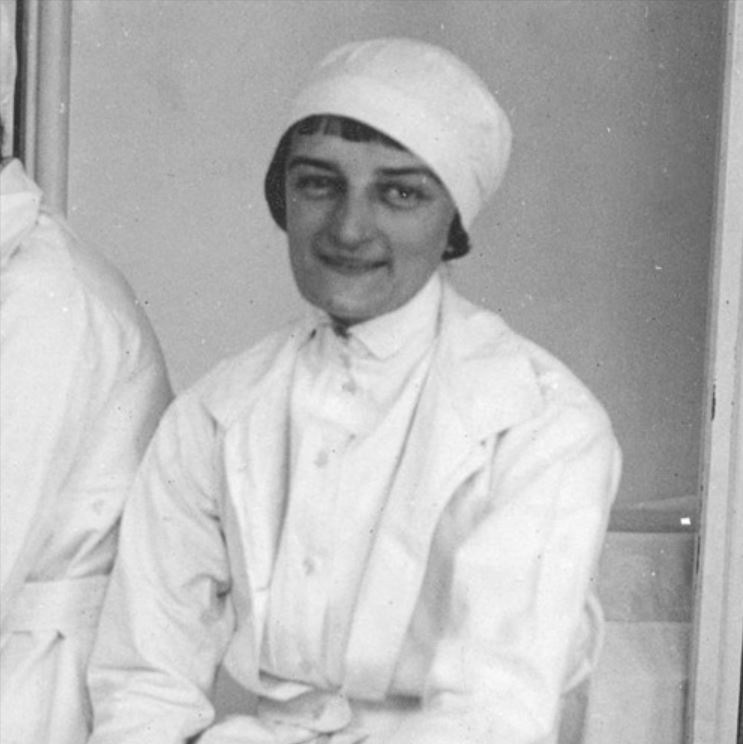
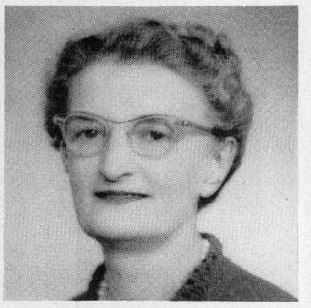
During her time at Hopkins, Berger transformed nursing anesthesia education and taught many nurses in anatomy, physiology, anesthesia equipment, and more. Her educational standards were well above the typical requirements of the time. She expected students to complete 500 hours of practical training and 600 hours of anesthesia within one year of the program, while the national standards were only 95 hours of classroom instruction and 18 hours of operating room instruction.
It was through Berger’s influence that other schools across the nation would soon develop similar requirements.
Berger also became the first nurse anesthetist to administer anesthesia for the “blue baby” operations of the 1940s. These procedures sought to repair Tetralogy of Fallot Syndrome, a complex condition of congenital heart defects. Berger provided anesthetics for 289 of the 475 operations.
She kept detailed records of the cases and eventually went on to produce scholarly papers documenting her experience in cyanotic congenital heart disease, intravenous anesthetic agents, postoperative ventilation, and deaths occurring under anesthesia.
Berger was an active member of the American Association of Nurse Anesthetists and a founding member of the Maryland Association of Nurse Anesthetists. In 1958 she became the 14th president of the AANA.
Throughout the years, the anesthesia school at the Johns Hopkins Hospital would go on to educate many nurses under the leadership of Berger and others, and in 1985, the school would close its doors.
2020
Thirty five years later, in the height of the COVID-19 pandemic, the first cohort of a newly launched anesthesia program would begin, this time at the Johns Hopkins School of Nursing. The anesthesia track became part of the school’s Doctor of Nursing Practice Advanced Practice program, and would once again begin training nurses in this much needed specialty area.
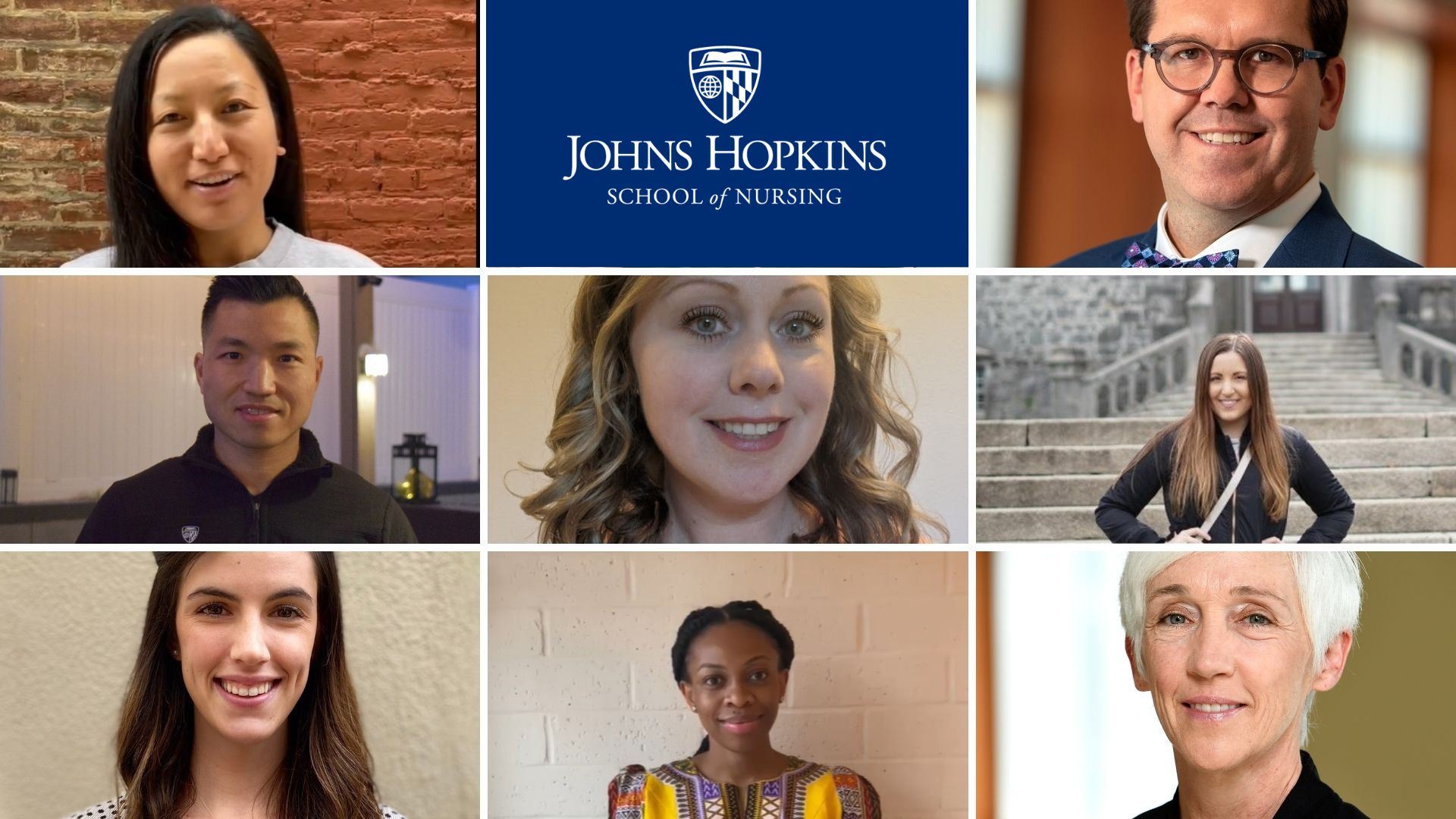
The program launched under the leadership of Dean Emerita Patricia Davidson and with full support from the anesthesia and critical care department at the Johns Hopkins Hospital. With the world facing a pandemic and an unprecedented need for Certified Registered Nurse Anesthetists (CRNAs), the program began at the perfect time to enhance the workforce and meet the health needs of people, particularly within Maryland.
Now
2022
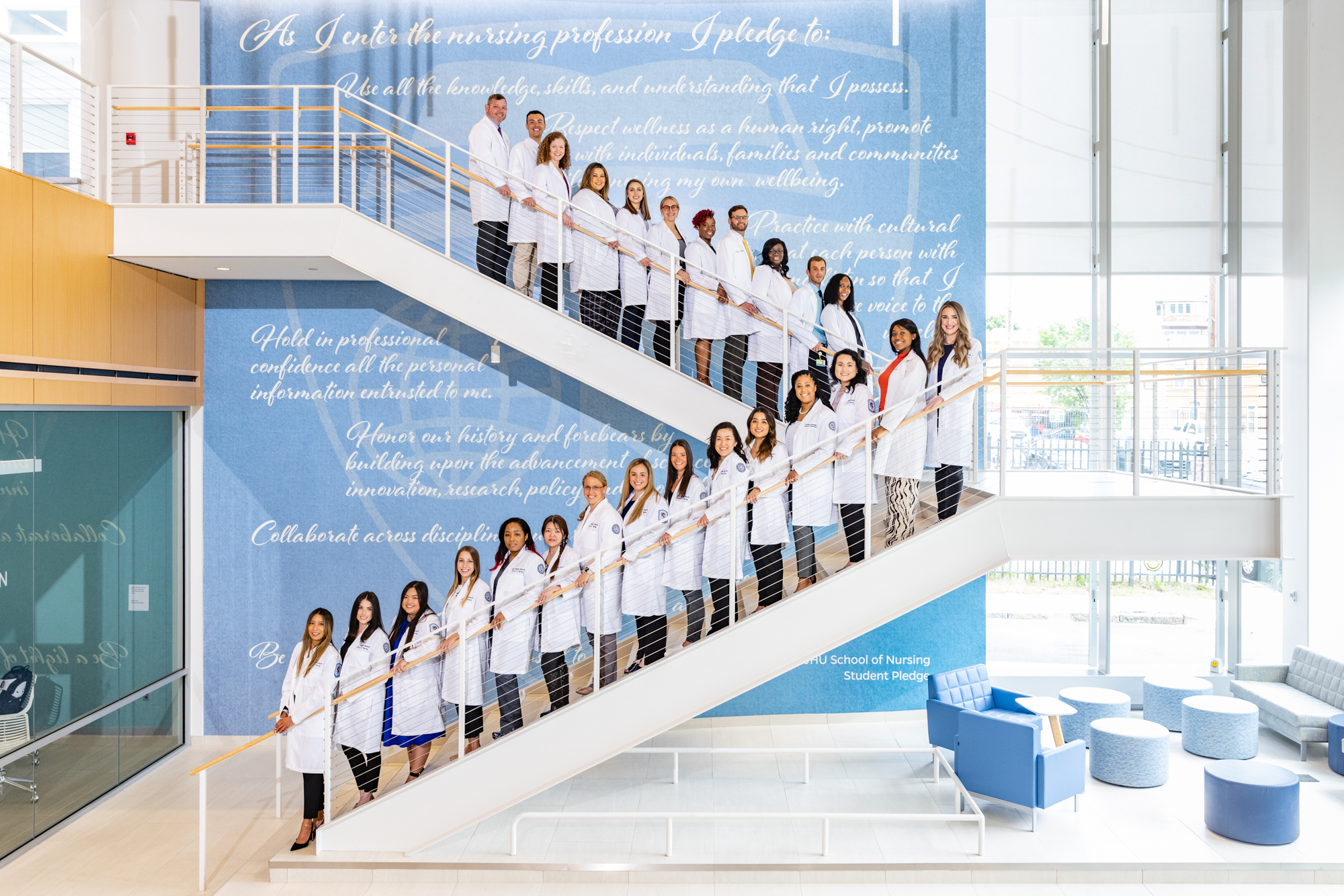
Today, the DNP Nurse Anesthesia program is in its third cohort of students and is once again trailblazing nursing education. Through a rigorous and innovative program, students complete five semesters of clinical residencies to gain the at least 600 surgical cases and 2,000 clinical hours required for graduation. A big increase from Berger’s then-advanced standards!
There are many aspects that make the Hopkins Nursing program unique including access to world-renowned clinical partners and faculty and opportunities for students to serve in leadership across campus and within local and national organizations. The program is also set apart by a diverse student body who come from all backgrounds and experiences.
Second-year student Morgan Dupree says it was the school’s diverse location that brought her to Hopkins.
“Hopkins is strategically situated in the inner city of Baltimore. There are many disparities that minorities face within the community; I wanted to situate myself in a place where I could be most effective.”
Nicole Riederer says she chose Hopkins because of its reputation for research and clinical opportunities.
“The clinical experiences within the Hopkins system have made the program for me. There are many cases I have been able to be a part of during my clinical rotations that are complex, unique, and have provided invaluable experience.”
This summer, JHSON celebrated the history of Johns Hopkins Nursing Anesthesia during the first Oliver Berger Day. The event honored Berger as one of the founding anesthesia educators across the country and recognized the impact she had on education even today.
Considered a Best Job by U.S. News & World Report, nurse anesthesia is a growing advanced practice specialty that combines the best of science and innovation with advocacy and critical thinking.
If only Olive Berger could see the Hopkins Nursing program now.
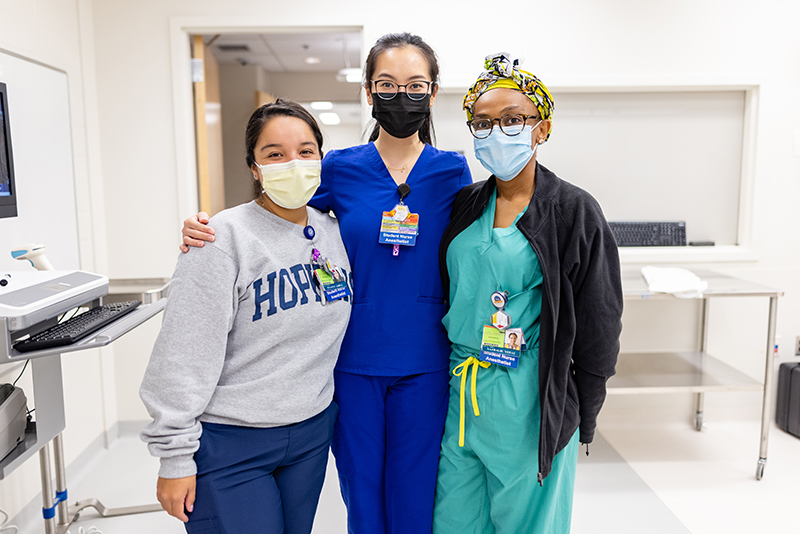
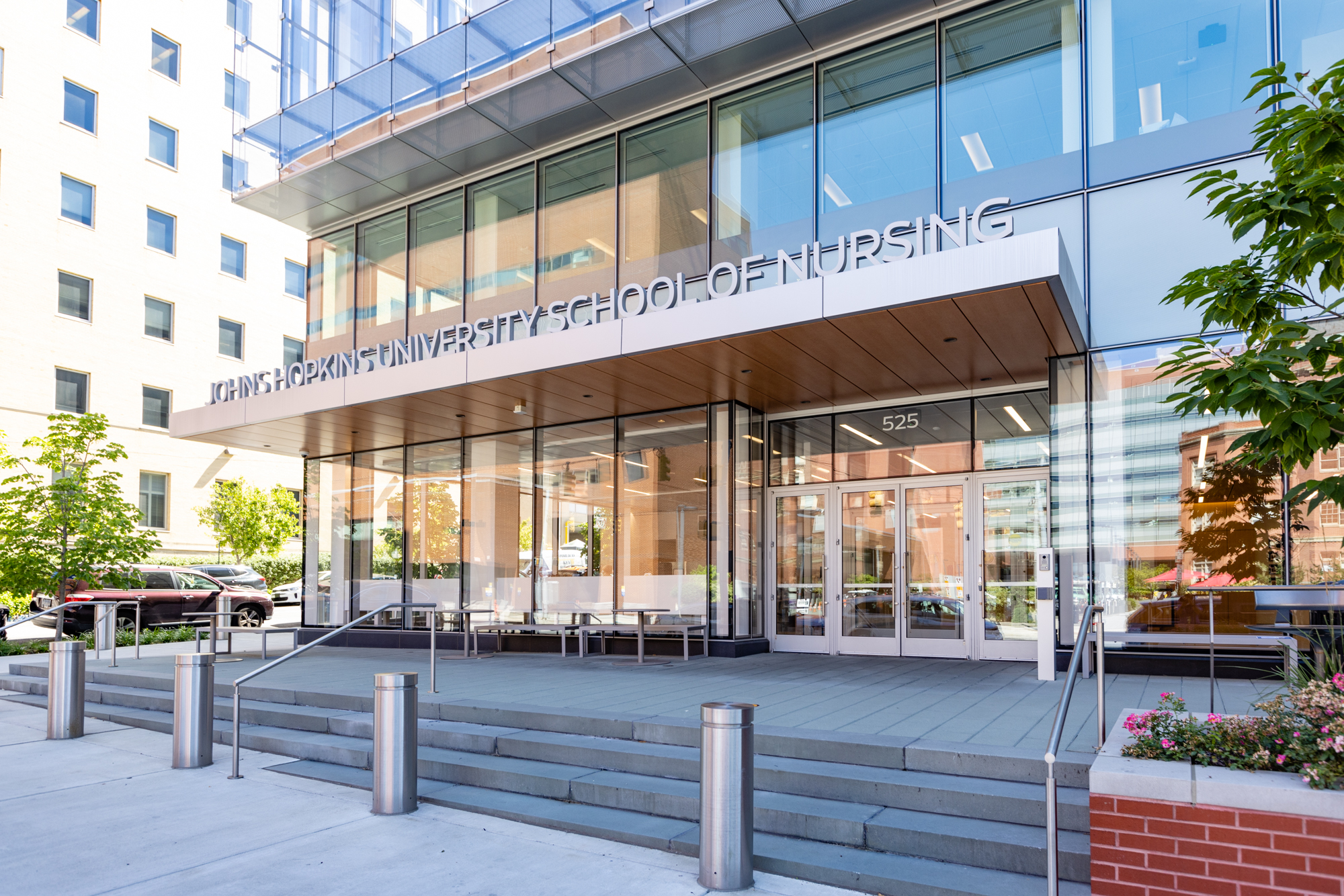

Read more:
- DNP Nurse Anesthesia program at the Johns Hopkins School of Nursing
- RNs, Nurse Practitioners, and Nurse Anesthetists Are Among U.S. News & World Report’s Top 10 ‘Best Health Care Jobs’
- Meet the First Cohort of the DNP Advanced Practice Nurse Anesthesia Track
- Nurse anesthetists: Leading the way in DNP education
- CRNA: Living the Dream
ABOUT THE AUTHOR: DANIELLE KRESS
Danielle is Senior Public Relations Manager for the Johns Hopkins School of Nursing. She produces the On the Pulse podcast and connects journalists with the school of nursing community.

